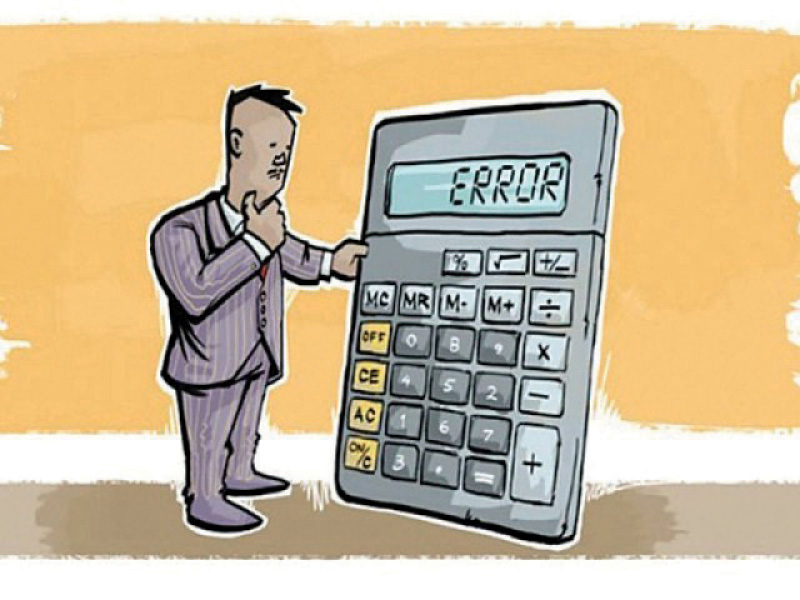
Despite floods disrupting food supply and over a 25% increase in electricity prices that was implemented through surcharge, inflation fell to a 17-month low of 5.8% in October, highlighting the urgency of reviewing an apparently flawed calculation methodology.
The pace of increase in prices measured by the Consumer Price Index (CPI) slowed down to 5.8% in October over the same period last year, revealed the inflation bulletin released by the Pakistan Bureau of Statistics (PBS) on Wednesday.
The CPI indicator captures prices of 481 commodities every month.
In June last year, inflation clocked in at 5.9%. The decline even beat government expectations predicting that inflation would remain slightly over six percent in October.
However, the reduction has surprised many, as analysts were expecting a surge due to an increase in electricity prices and the disruption in food supply following floods in Punjab and Azad Jammu and Kashmir. Independent economists have also been calling to review the methodology used to work out unemployment and economic growth rates. Through two separate notifications, the federal government last month imposed 52 paisa per unit and Rs1.50 per unit equalisation surcharges on electricity consumers. Interestingly, the PBS did not calculate the impact of these increases in electricity prices while coming up with the inflation rate.
The only item that it showed going up last month was house rent, which increased 1.4% in October.

The PBS does not include fuel price adjustment and electricity surcharges in its calculations, said PBS Director Prices Shaukat Zaman.
The latest statistics suggest that the Finance Ministry and State Bank of Pakistan’s (SBP) warnings about the increase in prices due to floods was incorrect since prices went down despite the floods as claimed by the PBS.
According to initial estimates of the National Disaster Management Authority, floods have affected crops cultivated on 2.4 million acres of land.
However, according to the PBS, food inflation in October remained at 5.2% on a year-on-year basis, the same index had been recorded at 7.2% in September, indicating a reduction of 2% within a single month. The PBS data showed that on a monthly basis the prices actually decreased in October over September as the index was negative 0.2%.
The pace of increase in perishable food items was only 4.8% in October over a year ago, a ratio that was 4.4% in the case of non-perishable food items, according to the PBS.
The fuel and food-adjusted inflation, known as core inflation, also decreased to 7.8% year-on-year in October, a reduction of 0.3% in a single month. With reduction in both core inflation and the overall headline inflation, the SBP may have to review its monetary policy. In the last announcement, the SBP kept the discount rate unchanged at 10% in an anticipation of inflationary pressure.
The average inflation during the first four months of current fiscal year (July-October) remained at 7.1%, compared to the same period of the previous fiscal year, according to the PBS. For the new fiscal year, the government has set inflation target at 8%.
Published in The Express Tribune, November 6th, 2014.
Like Business on Facebook, follow @TribuneBiz on Twitter to stay informed and join in the conversation.
COMMENTS (3)
Comments are moderated and generally will be posted if they are on-topic and not abusive.
For more information, please see our Comments FAQ






1719053250-0/BeFunky-collage-(5)1719053250-0-270x192.webp)










Media person dont know the concept of high base effect..I predicted a very close n low number!!!
....and everyone knows how reliable are the figures given out by our MOF.
Sad day for PTI !!!